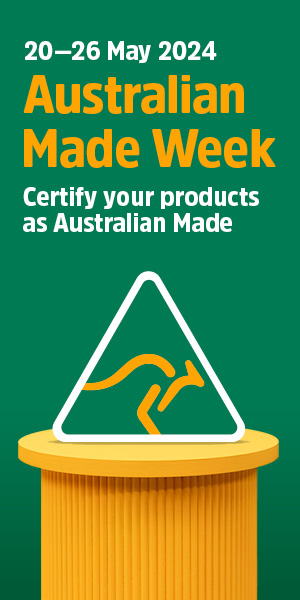First prototype block rolls out for Hunter class frigates

The first prototype ship block for Australia’s Hunter Class Frigate Program has been moved from the block consolidation hall at the Osborne Naval Shipyard in Adelaide.
Built by BAE Systems Australia the block, known as block 16, was moved into the shipyard’s state-of-the-art blast and paint chamber – construction is progressing at pace on the four subsequent prototype blocks.
Block 16 weighs 141 tonne and is 452m2 – equal to two and a half average size Australian homes.
The ‘blast and paint’ process, a critical shipbuilding process, has now begun led by subcontractor Altrad, which has worked in the defence field for more than 40 years.
The blast and paint process will take seven weeks: two weeks for blasting and then cleaning up the chamber, followed by five weeks of painting.
The total Block 16 surface that will be painted is nearly 4,600 square metres, with nearly 3,800 litres of paint estimated to be used to paint the interior and exterior.
The external paint finish is expected to last seven years, while the interior is expected to last up to 25 years
Altrad Site Lead Jeremy Davies said: “We’ve worked closely with the BAE Systems team to ensure we are ready to start the blast and paint process and we look forward to the challenge of Block 16.
“The blast and paint chamber is state-of-the-art and there’s nothing like it elsewhere in Australia.
“We have provided our expertise during the facility commission stages into operational mode. Block 16 provides an opportunity to stretch the facility, optimise equipment settings, test our operational processes and procedures, and ensure ongoing operations are at their most efficient for the first batch of three frigates.”
The Osborne Naval Shipyard was built by and is owned by federal government’s Australian Naval Infrastructure, with BAE Systems the tenant.
According to ANI: “Land and buildings acquired or leased at Osborne North are intended for the development of a new submarine construction yard to support the nuclear-powered submarine program under the AUKUS agreement.”
Picture: BAE Systems Australia
Topics Defence Manufacturing News
@aumanufacturing Sections
Analysis and Commentary Awards Defence Manufacturing News Podcast Technology Videos










